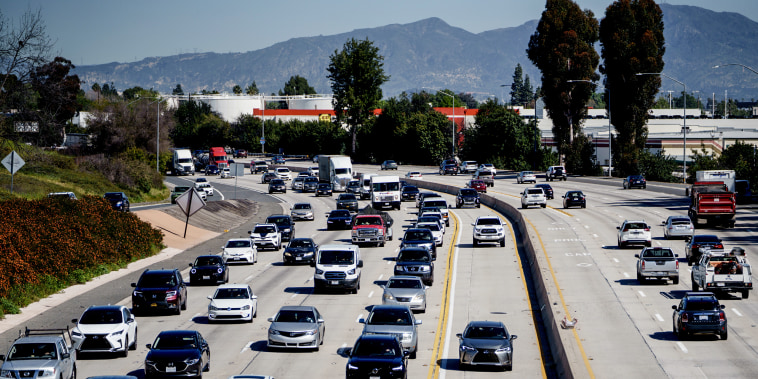In recent years, the rising costs of auto insurance have become a significant concern for car owners and policymakers alike, contributing to the broader issue of inflation in the economy. The spike in auto insurance prices has forced individuals to allocate a larger portion of their income towards vehicle-related expenses, leading to potential financial strain for many households.
One of the key factors driving the increase in auto insurance prices is the growing complexity and frequency of insurance claims. As modern vehicles incorporate advanced technology and sophisticated components, the cost of repair and replacement has surged in tandem. In the event of an accident, even a minor fender-bender can result in substantial repair costs, prompting insurance companies to adjust their pricing models accordingly to manage the heightened financial risk.
Moreover, demographic shifts and changes in driving behavior have also played a role in shaping auto insurance prices. Factors such as an aging population, urbanization, and the prevalence of distracted driving have increased the likelihood of accidents on the road, necessitating higher insurance premiums to cover potential losses. Additionally, the rise of ride-sharing services and the gig economy has blurred the lines between personal and commercial vehicle use, posing new challenges for insurers in assessing risk and setting appropriate pricing levels.
Furthermore, the regulatory environment surrounding auto insurance has also impacted pricing dynamics. State-specific regulations, insurance mandates, and legal frameworks can vary significantly, influencing the cost structure for insurers and ultimately trickling down to consumers in the form of higher premiums. Insurers must navigate a complex web of regulations and compliance requirements, which can contribute to administrative expenses and operational inefficiencies that drive up overall costs.
In response to the escalating cost of auto insurance, consumers are increasingly seeking out alternative solutions to mitigate financial burden. Some individuals are opting for higher deductibles or exploring usage-based insurance policies that leverage telematics technology to track driving behavior and adjust premiums accordingly. Others are turning to online comparison platforms to shop around for the best rates or considering bundling insurance policies to qualify for multi-policy discounts.
Looking ahead, the auto insurance industry faces a myriad of challenges in balancing affordability with comprehensive coverage. Insurers must continue to adapt their pricing strategies in response to evolving risk factors, technological advancements, and regulatory changes to ensure sustainable business operations while providing adequate protection for policyholders. By fostering innovation, promoting transparency, and fostering competition, the industry can strive to achieve a more equitable and competitive insurance market that benefits both insurers and consumers alike.
In conclusion, the surge in auto insurance prices has had far-reaching implications on inflationary pressures within the economy, prompting stakeholders to explore innovative solutions to contain costs and enhance affordability. By addressing the root causes driving insurance price hikes and fostering greater consumer empowerment through informed decision-making, the industry can work towards a more sustainable and consumer-centric insurance landscape in the years to come.
